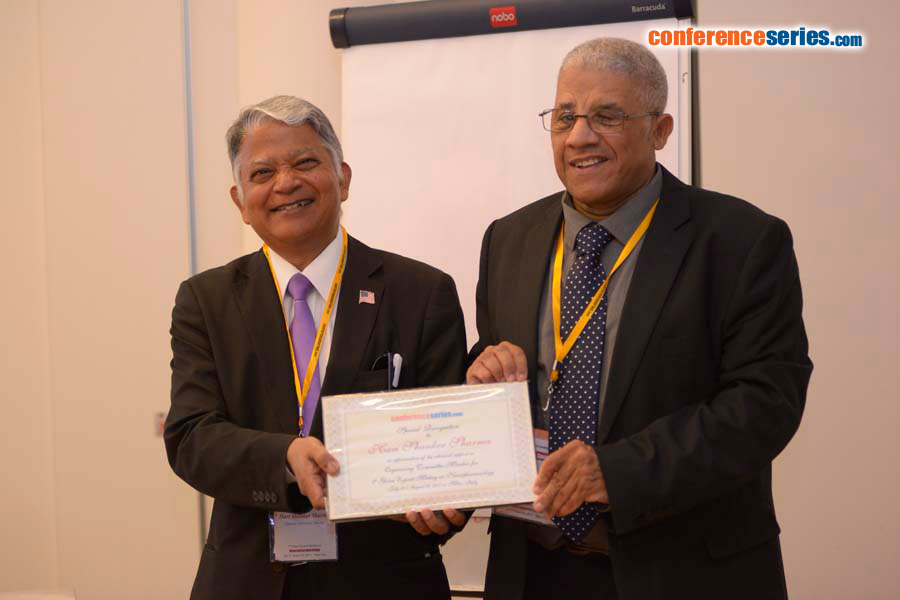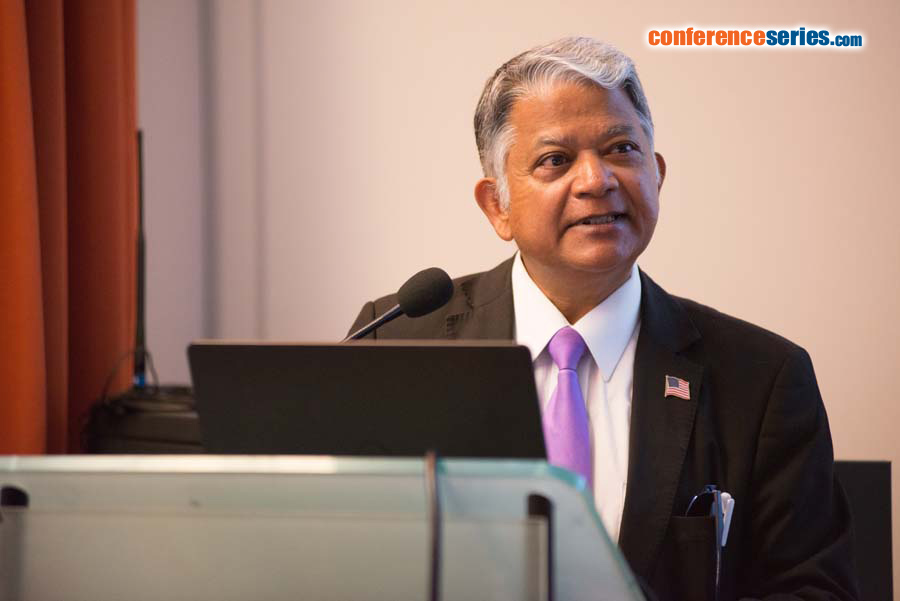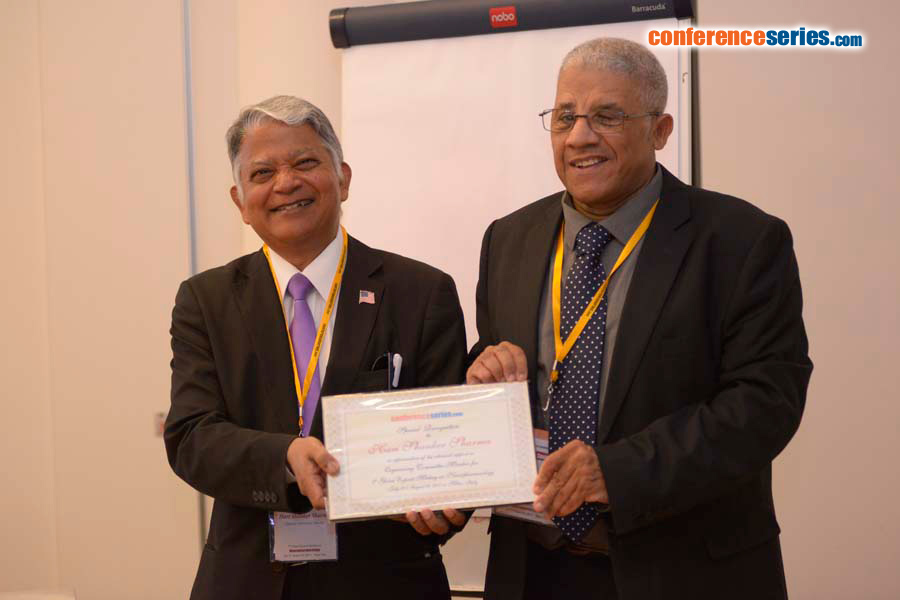
Hari Shanker Sharma
University Hospital of Uppsala University, Sweden
Title: Blood-brain barrier in Alzheimer’s disease induced brain pathology
Biography
Biography: Hari Shanker Sharma
Abstract
Military personnel are highly vulnerable to Alzheimer’s disease (AD). This is because of the fact that severe stress of trauma, sleep deprivation or combat stress causes increased deposition of amyloid beta peptide in the cerebrospinal fluid (CSF) and in brain parenchyma. Continued stress in military is one of the main causes of development of hypertension and mental abnormalities. Thus, exploration of novel therapeutic strategies are needed to reduce brain damage in military following stress and thwarting development of AD like pathology.
Previous studies show that stressful situations alone induce breakdown of the blood-brain barrier (BBB) and neuronal damages that is long lasting. Thus, a possibility arises that breakdown of the BBB in stress could play critical roles in development of AD. In present investigation we explored whether AD induced brain pathology caused by amyloid beta peptide (AbP) infusion is exacerbated in rats subjected to repeated immobilization that induces mild hypertension and opens the BBB to large molecules e.g., proetins.
AbP (1-40) was administered intraventricularly (i.c.v.) in the left lateral ventricle (250 ng/10 µl) of rats (250-300 g body weight) once daily for 4 weeks in naïve animals as well as in rats that were subjected to repeated immobilization stress 2 h daily for 1 week. Control rats received identical dose of saline instead of AbP. BBB breakdown, edema formation, neuronal, glial injuries and AbP deposits in the brain was examined in a blinded fashion.
Repeated 2 h stress for 1 week induced marked BBB breakdown to Evans blue albumin and radioiodine tracers in the cerebral cortex, hippocampus, thalamus, hypothalamus, caudate nucleus, cerebellum and brainstem from the naive rats. Infusion of AbP in these stressed rats further enhanced the BBB breakdown to protein tracers by several-folds and aggravation of neuronal damages, astrocytic activation and brain swelling. The number of AbP positive cells increased by 3- to 6- in stressed group as compared to naive rats. Co administration of TiO2 or PLGA nanoparticles (NPs) loaded cerebrolysin (2.5 ml/kg, i.v. /day from 2nd week of AbP infusion for 2 weeks) induced profound neuroprotection in stressed rats. It appears that TiO2-nanwored delivery has superior neuroprotective effects in this AD model as compared to PLGA-delivery of identical doses of cerebrolysin. Taken together our observations are the first to demonstrate that repeated stress exacerbates AD brain pathology and nanodelivery of cerebrolysin has superior neuroprotective effects.
Taken together, our results demonstrate that breakdown of the BBB is key to AD induced brain pathology and restoration of BBB function by cerebrolysin induces neuroprotection in AD.






